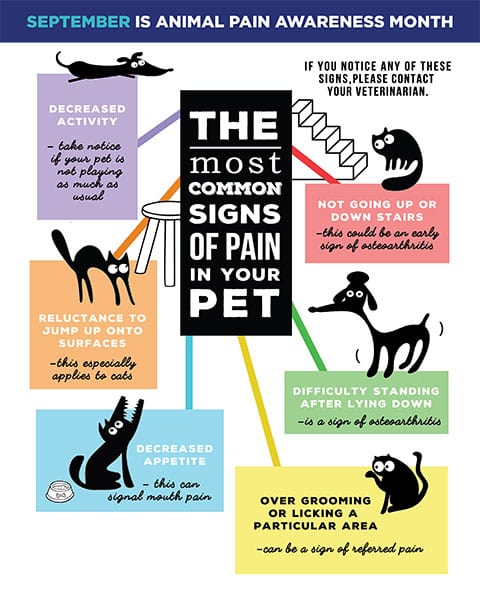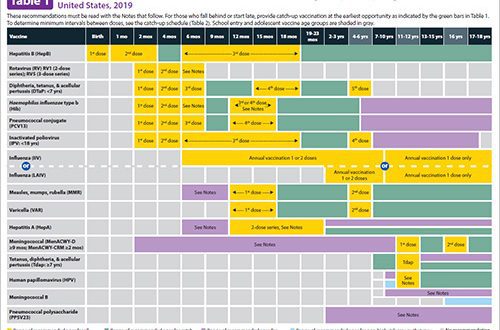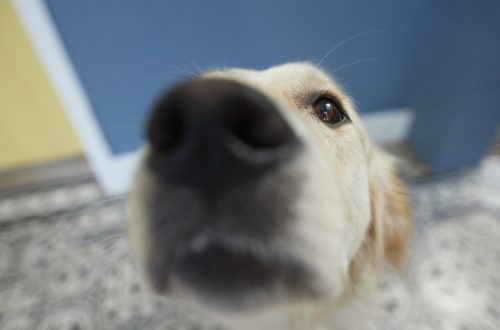
Mga timailhan sa kasakit sa usa ka binuhi

Veterinary anesthesiologists and resuscitators have developed a special system for assessing pain in cats and dogs. This is necessary not only for a simple determination, but for the choice of the use of drugs and the frequency of their administration, for the plan of diagnostic studies. Assess the degree of pain on a five-point scale.
Kaundan
Paggawi
- The animal is calm, behaving as usual. Shows interest in the environment. Appetite saved. Does not pay increased attention to the painful area, for example, stitches after surgery.
- In dogs, the behavior is restrained or shows slight anxiety. Can be easily distracted. Cats may change habitual behavior, avoid owners. Behave slightly aggressive or worried. At the same time, they are watching with interest what is happening around.
- Dogs may whine or moan, sometimes demanding to be pitied. They respond reluctantly to games, they want not to be touched. They may not come to the call. Ears are lowered. Licking or chewing on the painful area. In cats, mobility becomes lower, there is a desire to isolate, hide, find a warm, dark, secluded place. He is interested in the place where it hurts, he can lick it hard. Lies in a ball or sits in a selected position – the head is lowered, the shoulders are raised, the paws are picked up, the tail is pressed to the body. The eyes may be partially or completely closed, including covered by the third eyelid. The coat may be a little unkempt, disheveled.
- The dog whines or howls, may grunt. It protects the painful area, for example, it can limp if the pathological process is associated with the paw. Chooses a pose in which the diseased area is not affected. It can show aggression even to close people when approaching or touching it. May refuse to move. Appetite is reduced or absent. The cat can behave aggressively, flatten its ears, growl and hiss. It can violently and nervously lick or gnaw at the area of damage, accompanied by a growl.
- Dogs may moan or whine incessantly. Gnawing on the painful area, while not moving the rest of the body. Does not react to others, it is difficult or impossible to distract from pain. There is no appetite. Cats can change their behavior, lie like a “cloth”. They do not react to external stimuli, even aggressive animals can begin to behave in an accommodating manner, allow them to perform any manipulations with them. There is no appetite.
Inspection and palpation (touch, palpation)
Pay attention to urination, when was the last time, whether it was difficult or, on the contrary, too frequent. Examine, if possible, every centimeter of the body, look into the ears, under the tail, examine the mucous membranes of the eyes and mouth. The reaction to palpation is also evaluated on a similar scale.
- Calm reaction. Allows you to touch the painful place.
- The dog is worried, whines, trembles, groups up. Cats may or may not be anxious.
- The dog shudders, whines, may try to pull away or bite. The cat may try to scratch or bite, tend to run away and hide. Can switch attention and start flirting, if they do it nicely. And contrary to popular belief, cats often start to purr when they don’t like something or it hurts, the purr can be quiet, or loud and trembling. A dog can react both with restraint, calmly enduring pain, and try to defend itself, it depends on the character and temperament of the dog itself. The cat behaves aggressively, tries to move away, actively wiggles its tail, and can flatten its ears.
- The dog may whine loudly and protractedly. Show aggression or, on the contrary, lie still. The cat may not respond at all to palpation or be rigid.
Common signs that your pet is not feeling well
- Breath. Often the only evidence of pain is shortness of breath or shallow breathing, wheezing or wheezing when breathing, coughing. If the pain is too severe, the dog may even hold his breath for a few seconds until the peak of discomfort passes. The cat may also breathe unevenly or with its mouth open. If the animal has breathing problems, but it has not experienced any physical activity or severe stress, you should immediately take it to the veterinarian! The problem may be in diseases of the heart, lungs or upper respiratory tract, as well as in a foreign body.
- Changing the way you eat and drink. Both increased thirst and a complete refusal to take fluids indicate that something is bothering the animal. Refusal to eat and drink, or an increased feeling of hunger and excessive water intake should alert. Also, with pain in the stomach, cats, and especially dogs, can eat inedible objects – earth, grass, bags, rags, stones.
- Sleep disturbance. Insomnia, or vice versa, very long sleep can be signs of pain. With insomnia, a cat or dog wanders around the house, not finding a place for itself, lies down for a short time and gets up again, leans its side or head against the walls, worries, takes forced postures. If the sleep is very long and strong, you should pay attention to this, especially if the pet has not risen to eat, breathes too often in a dream, or does not wake up from being touched. Sometimes you can even confuse fainting with sound sleep. Too much sleep can be a sign of illnesses, from stress to diabetes and immunodeficiency in cats.
- Actions uncharacteristic of an animal. For example, growling or trying to bite oneself on some part of the body, an unnatural body position, a hunched back, a lowered head or its tilt to the side can indicate internal pain. The animal can rest its head against a wall or corner, try to hide in a dark place or under any fabric, trembling, nervous shaking, obsessive movements, convulsions, nodding movements of the head, stretched neck, lowered head may be signs of a headache, stroke, cognitive impairment syndrome. dysfunction, head injury. It can rub its muzzle on the ground and objects, rub its eyes and ears with its paw – in this case, it is worth examining the organs of hearing and vision, the oral cavity. Lameness, refusal to step over obstacles, go down stairs, stiff movements of the limbs and neck are signs of diseases of the joints and spine.
- Aggression. Growling into the void, at the owners, other animals for no apparent reason or at one’s own body, violent licking and gnawing of body parts can be signs of severe discomfort. Dogs may bare and snarl when touched, cats hiss and growl aggressively, and may bite and scratch.
- Changes in urination and defecation. Problems with the genitourinary or digestive system lead to the fact that the behavior during the recovery of natural needs changes. Sometimes the dog tries to change position or accompanies the process by whimpering. The cat adopts an unnatural position, meows loudly or may go to the toilet in the wrong place, refuses to go to the tray. Too frequent urination, blood in the urine or a change in the nature of the stool, as well as unsuccessful attempts to go to the toilet, should also alert.
- Various highlights. Excessive salivation, excessive discharge from the eyes, nose, genitals, ears, discoloration of the mucous membranes and an unpleasant odor can be signs of infectious, parasitic diseases, inflammation or the presence of a foreign body.
- Eyes. The eyes as a whole can be an indicator of pain in a cat or dog, whether the pain is in the eye itself or elsewhere in the body. Glazed and wide-open eyes with a dilated pupil, especially coupled with an unnatural posture, often indicate that the animal is suffering greatly.
- Change in gum color. The normal color of gums in dogs and cats is pink (some black). White gums indicate bleeding or anemia, red gums indicate fever, infection, toxic substances, and dental disease. Purple or blue indicates a lack of oxygen, while yellow indicates liver problems.
- Deterioration in the appearance of the coat. The coat may look disheveled, ragged, greasy, with dandruff, and crumble heavily. A sick cat often does not have enough strength to care for the coat, or it gives her discomfort. It can also indicate skin diseases, allergies, lack of vitamins, unbalanced nutrition, disruption of the digestive and endocrine systems.
The owner must understand that these symptoms are a reason to immediately consult a doctor. Perhaps this is not the pain that manifests itself, but, for example, a poor condition due to intoxication or fever. The veterinarian will be able to quickly assess the situation, prescribe appropriate treatment and give further recommendations. We would like to note that if you are sure that something hurts your pet, in no case do not give animals human painkillers. For the most part, they are highly toxic, can cause kidney failure, bleeding of the gastrointestinal tract, and even the death of a cat or dog. Be sure to contact your veterinarian to determine the disease and prescribe the appropriate treatment.





